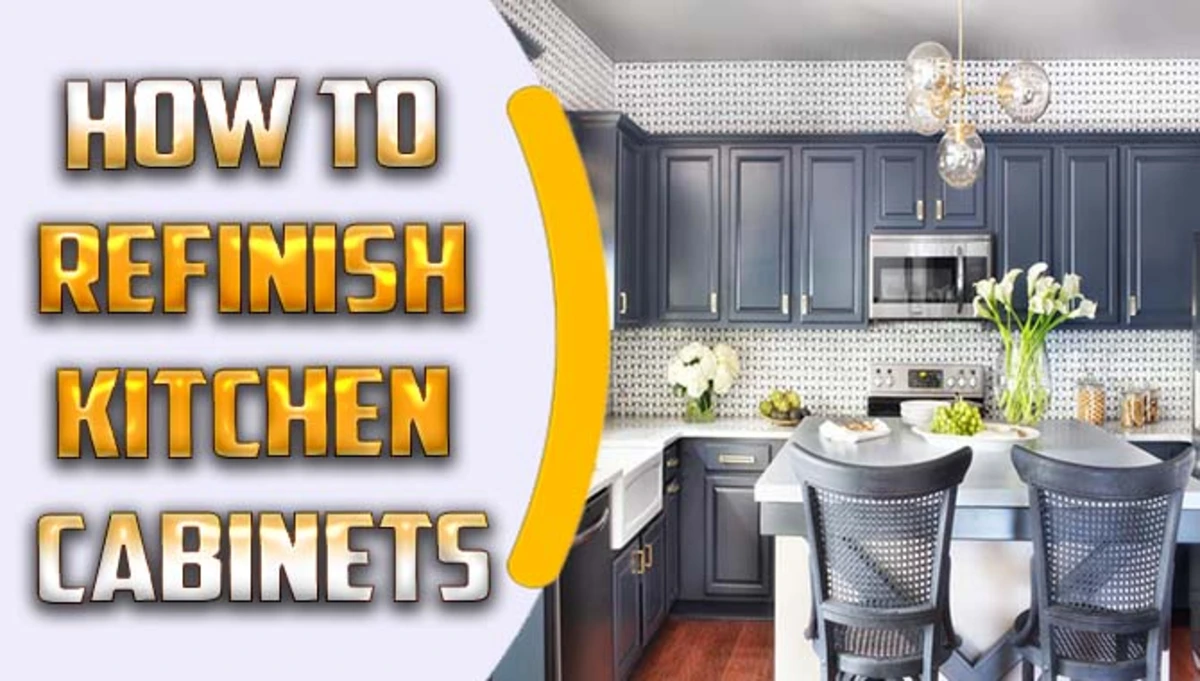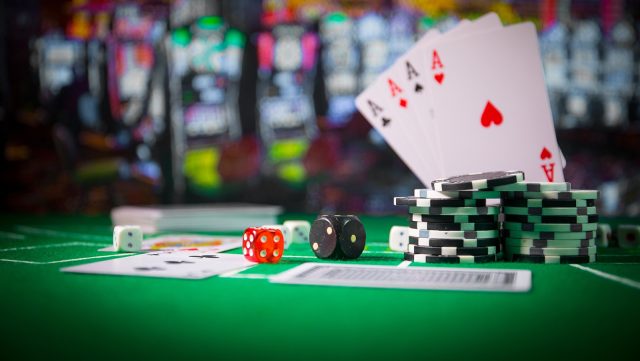Refinishing kitchen cabinets is one of the most cost-effective ways to update a home’s most used space without a full remodel. When done properly, it can enhance the appearance, boost strength, and prolong the lifespan of cabinetry for many years. Whether for residential projects or commercial builds, the process requires a combination of skill, the right materials, and a clear plan.
Why Refinishing Beats Replacement
A full kitchen cabinet replacement can easily cost several times more than refinishing, not to mention the disruption it causes. Refinishing allows homeowners to:
- Preserve the existing layout
- Achieve a fresh, modern look
- Reduce waste by reusing structurally sound materials
- Choose from an expanded range of finishes and textures
For builders and renovators, refinishing can be a strategic service to offer clients who want high-impact results with a smaller budget.
Choosing the Right Base Material
- The refinishing process—and its results—depend heavily on the original cabinet material.
- Solid Wood – Ideal for sanding, staining, or repainting. Solid hardwoods accept finishes evenly and can be restored multiple times.
- Plywood or MDF – Often used in cabinet boxes, these materials can be refinished if the surface is smooth and damage-free.
- PVC Board – An increasingly popular choice for modern kitchen cabinet builds and refacing projects. PVC board is moisture-resistant, termite-proof, and easy to clean. It also provides a stable base for laminates, paints, and wraps, making it an excellent alternative to traditional wood.
For refinishing, PVC board cabinets require minimal prep—usually just a light sanding or surface primer to ensure strong adhesion of new finishes.
Preparation: The Foundation of a Lasting Finish
Skipping prep is the fastest way to ruin a refinishing project. Follow a professional-grade process:
- Remove Hardware & Doors – Label each piece for easy reassembly.
- Clean Thoroughly – Grease, dust, and cooking residue can sabotage paint adhesion. Use a degreaser or TSP substitute.
- Repair Damage – Fill dents or chips with a suitable filler. For PVC board cabinetry, apply matching PVC filler to preserve its structure.
- Sand Properly – Light sanding opens the surface for primer. For wood, aim for a smooth, matte finish; for PVC board, use fine-grit sandpaper to avoid scratches.
Selecting the Right Finish
The finishing choice dictates the overall style and durability.
- Paint – A timeless option, available in endless colors. Use high-quality enamel or urethane-reinforced paints for kitchens.
- Stain – Highlights wood grain, but only suited for solid wood cabinets.
- Laminate or Vinyl Wraps – Great for PVC board cabinets. These offer a uniform, low-maintenance surface.
- High-Gloss Coatings – Trendy for modern kitchens, especially over PVC board for a sleek appearance.
Always match the finish to the material, expected wear, and the client’s design preferences.
Tools & Products That Make a Difference
Experts depend on specialized tools and materials to achieve seamless outcomes:
- HVLP Sprayers for smooth, brush-mark-free finishes
- Specialty Primers for bonding to PVC board or high-gloss surfaces
- Two-Part Catalyzed Coatings for maximum durability in high-traffic kitchens
- Quality Sanding Systems with dust extraction to keep work clean and efficient
Choosing professional-grade products not only speeds up the job but also ensures the finish stands up to daily use.
Working With PVC Board Cabinets
When refinishing PVC board kitchen cabinets, a few best practices ensure success:
- Use a solvent-based or specialty PVC primer to create a strong bond.
- Avoid high-heat curing processes; PVC can warp under extreme temperatures.
Opt for finishes designed for non-porous surfaces.
Consider wrapping with architectural film for a quick, durable style upgrade.
Because PVC board is naturally water-resistant, it’s especially suited for kitchens prone to humidity and spills.
Maintaining the New Finish
A refinished kitchen cabinet can last many years with proper care:
- Clean with mild, non-abrasive cleaners.
- Avoid soaking cabinet surfaces, especially near seams.
- Inspect and touch up small chips or scratches promptly to prevent larger damage.
For PVC board finishes, maintenance is even simpler—just wipe with a damp cloth and avoid harsh solvents.
Final Word: Refinishing as a Smart Upgrade
Refinishing kitchen cabinets—especially when working with modern materials like PVC board murah —offers an unbeatable mix of economy, sustainability, and style. With the right preparation, finish selection, and products, professionals can deliver results that rival brand-new installations. For homeowners, it’s a way to refresh the heart of the home without the cost or waste of full replacement. For builders and contractors, it’s a high-value service that meets the growing demand for efficient, beautiful renovations.


